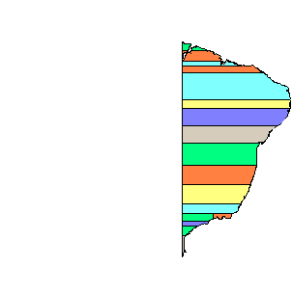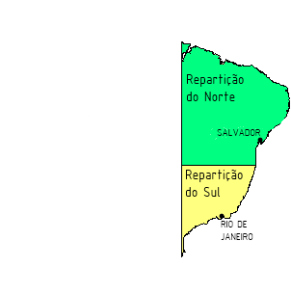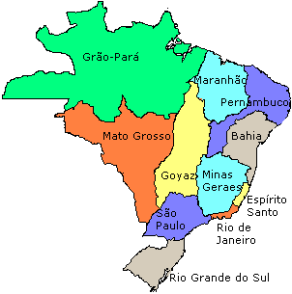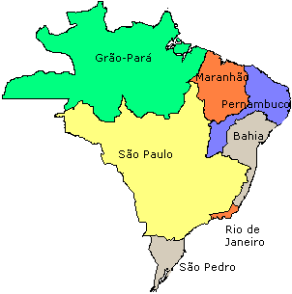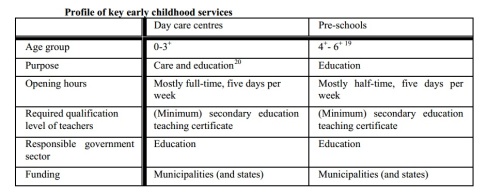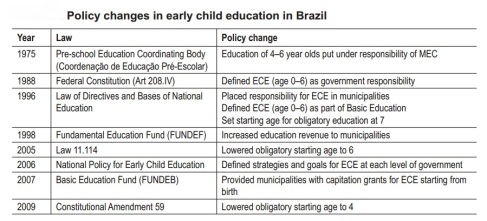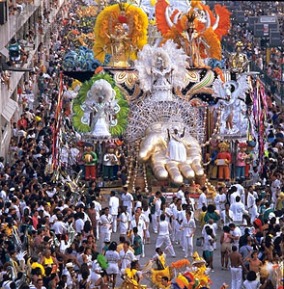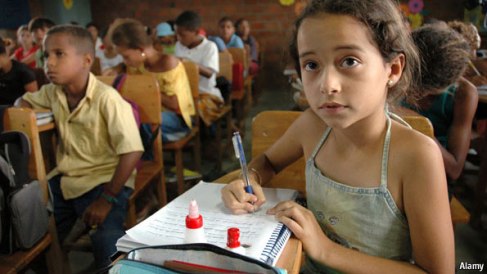By Jennifer Lee
The 1988 Constitution and Government Structure
Brazil is a federal republic comprised of 26 states and a federal district city. The present constitution which is the supreme law of the land was written in 1988 under then President Jose Sarney. The new constitution was designed to replace the previous constitution developed under a strong military regime. One of the changes in the new constitution was restructuring the process of the presidential election. The system established a direct majority vote system with two rounds and the candidate who receives the majority votes is to win the race; if a majority vote does not occur in the first round, a second round then takes place.
The Brazilian government bureaucracy is divided into three levels of federal, regional, and local control. The federal government is responsible of national trade and finances, and it receives roughly 75% of the total governmental revenue. The federal government was centralized at Brasilia under the military regime and the infrastructure still remains till today. The federal institution is comprised of three branches of the government: the executive, legislative, and the judicial. The separation of power is very similar to that observed in the U.S. government structure. However, the executive branch, or the President, carries substantial amount of power in the Brazilian government. The president is elected through a direct election process with majority votes, and the term lasts four years. The legislative branch has a bicameral congress, or two central domains of power. The Chamber of Deputies functions similarly to the House of Representatives in the U.S., and the Senate resembles the functions of the Senate in the U.S. The judicial branch includes the Supreme Court as well as numerous state and municipal courts. The Supreme Court has the power to limit governmental authority and keep a check on the president’s potential misuse of power. Still, however, the president exercises a larger share of power, which especially amplified during the military regime.
The federal district of Brazil is Brasilia, where major political transactions are performed. Besides the federal district, there are twenty six state level governments. Each state has an elected governor, and the state legislatures are unicameral. Lastly, the municipal governments, or county level municipalities, also consist of local councils and elected prefects, or mayors. They are in charge of overseeing and implementing local laws and meeting community needs. There are a total of 5,513 local level municipalities in Brazil.
Political Parties and Political Culture
Brazil’s political parties are a reflection of Brazil’s diversity. Unlike the United States, where there is a majority Republican or Democratic party, Brazil’s political parties are largely divided into the political left, center, and center right, with several parties belonging to each category. During the military regime, however, the parties were largely divided into only two. The current political party that has power in the House is the PT, or the Worker’s Party. Past president Luiz Inacio Lula da Silva, also belonged to the PT and served two terms as president. The current president, Dilma Rousseff, who is Brazil’s first female president, is also a member of the same party and therefore received full support by Lula da Silva during the election period, which contributed largely to her victory.
Overall, Brazilians have little faith in the government and especially distrust political parties. Rather, they express higher trust for the Church and the military. The Catholic Church, along with other religious groups, is a powerful interest group in Brazil. Political scientists term Brazil’s political culture as a practice of Corporatism. Corporatism is defined as the “tendency to divide society into different bodies or corporations according to specific functions or profession.” Sometimes, affiliation to a group can be a greater identity determinant than the nation. Besides the Catholic Church, the military is another influential interest group in the government. Statism is also observed; states function independently and people attach strong loyalty to each state they belong to. Brazil’s political culture is marked by the majority’s large distrust of democratic institutions, which in turn generates greater corporatism since individuals put faith in different bodies or sectors of society according to its specific functions rather than trusting the government as a whole.
The Military
The military force in Brazil is also known as Forças Armadas Brasileiras. The military is comprised of the Army, the Navy including the Marines, and the Air Force. Power of the military was significantly reduced after the drafting of the new constitution in 1988. However, even though the military regime ended the military’s dominant control in government, Brazil’s military force continue to be the largest in Latin America. The Brazilian army was created in year 1822 in an effort to gain independence from Portugal. Originally, the military was very racially as well as ethnically and culturally diverse. The original military was comprised of some loyal Portuguese, Brazilians, as well as foreign soldiers. In Brazil, military service is compulsory for all men between ages 18 to 45. The compulsory service obligation lasts for 9 to 12 months. Longer periods of voluntary service are open to both males and females and military career jobs are open to both genders as well. In fact, Brazil was the very first country in South America to allow women‘s involvement in military career ranks. Women started legally participating in the military in the early 1980s.
Brazil’s Foreign Policy
Brazil is part of the BRIC nations – Brazil, Russia, India, China – a term coined to indicate the coalition of countries with emerging economic power in the world market. Thus, Brazil holds substantial economic power in the world and especially among South American countries. Brazil is an economic and political leader of Mercosur, which is an economic and political agreement between Brazil, Argentina, Paraguay, and Uruguay. Brazil is also a leading lender to many of the South American countries and it also takes on the responsibility to advocate for South America in midst of the world powers. Brazil has historically had a positive relationship with the U.S. Past presidents have promoted pro-American policies and kept up an active and open trade market with the U.S. An area of tension between the US and Brazil is Brazil’s foreign policy towards the Middle East. Past president Lula da Silva especially had a very open and positive relationship with Iran, of which the U.S. disapproved. The U.S. government at the time feared that Brazil may be assisting or be associated with nuclear investments in Iran. Despite the disapproval from the U.S., Brazil continues to establish a sound relationship with the Middle Eastern countries. Recently, current President Dilma Rousseff has aimed to repair this damaged relationship with the US through improved trade relations and attempting to acquiesce to U.S. wishes on the fighter jet contract. Rousseff has shown rather stronger stances on Iran and Chinese currency compared to the past president, which are both favorable actions for the US. As Brazil drives toward standing shoulder to shoulder with the leading world powers, the country has increased its advocacy and involvement in improving human rights violations and performing UN related tasks. Brazil has been pushing for a seat in the UN Security Council for the past several years.

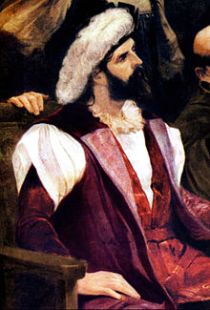
 the colonization of Brazil due to their success at creating a national Catholic following. Brazil now had permanent Portuguese residents and an established unified government. They were ready to begin exporting goods and wealth back to the Portuguese Empire.
the colonization of Brazil due to their success at creating a national Catholic following. Brazil now had permanent Portuguese residents and an established unified government. They were ready to begin exporting goods and wealth back to the Portuguese Empire.
